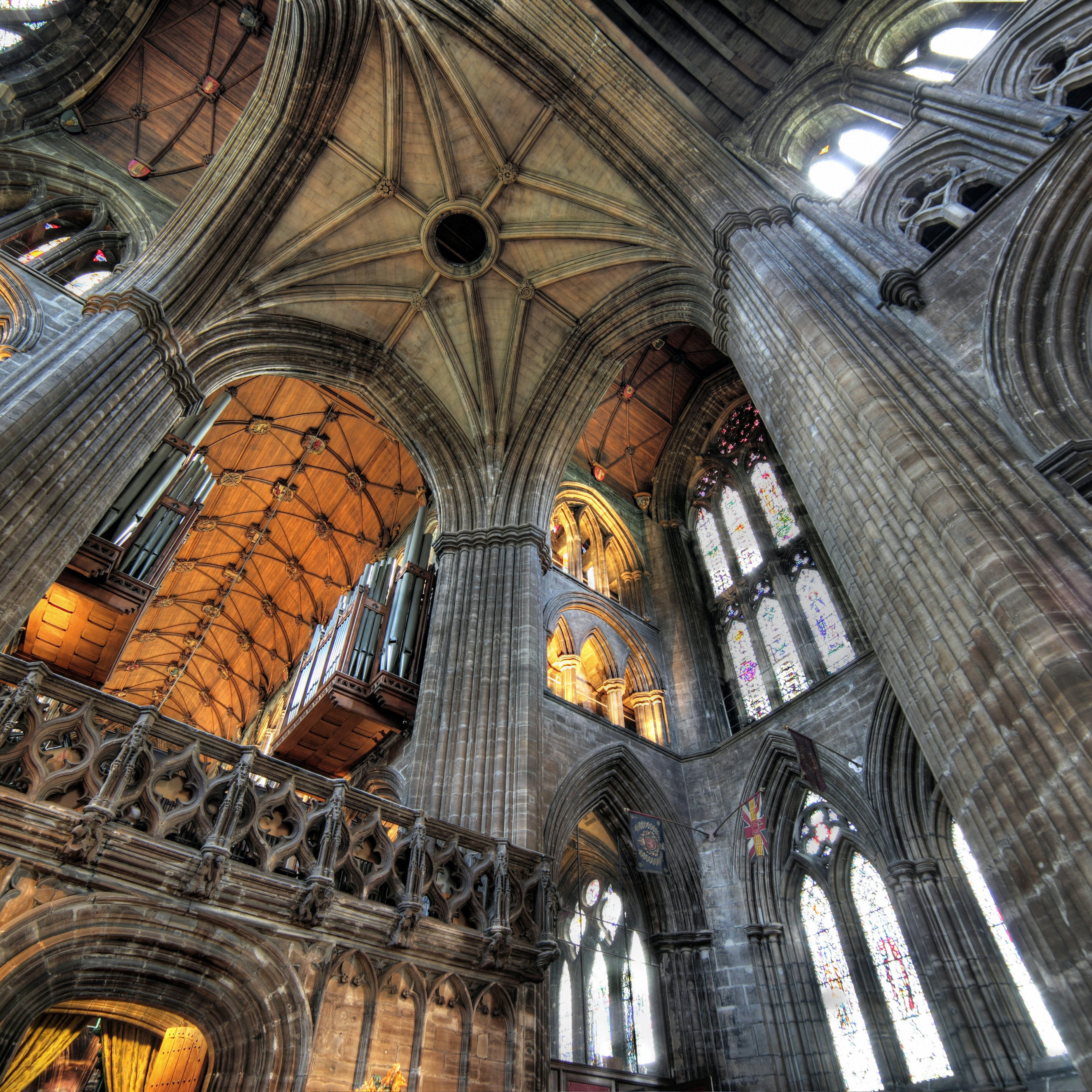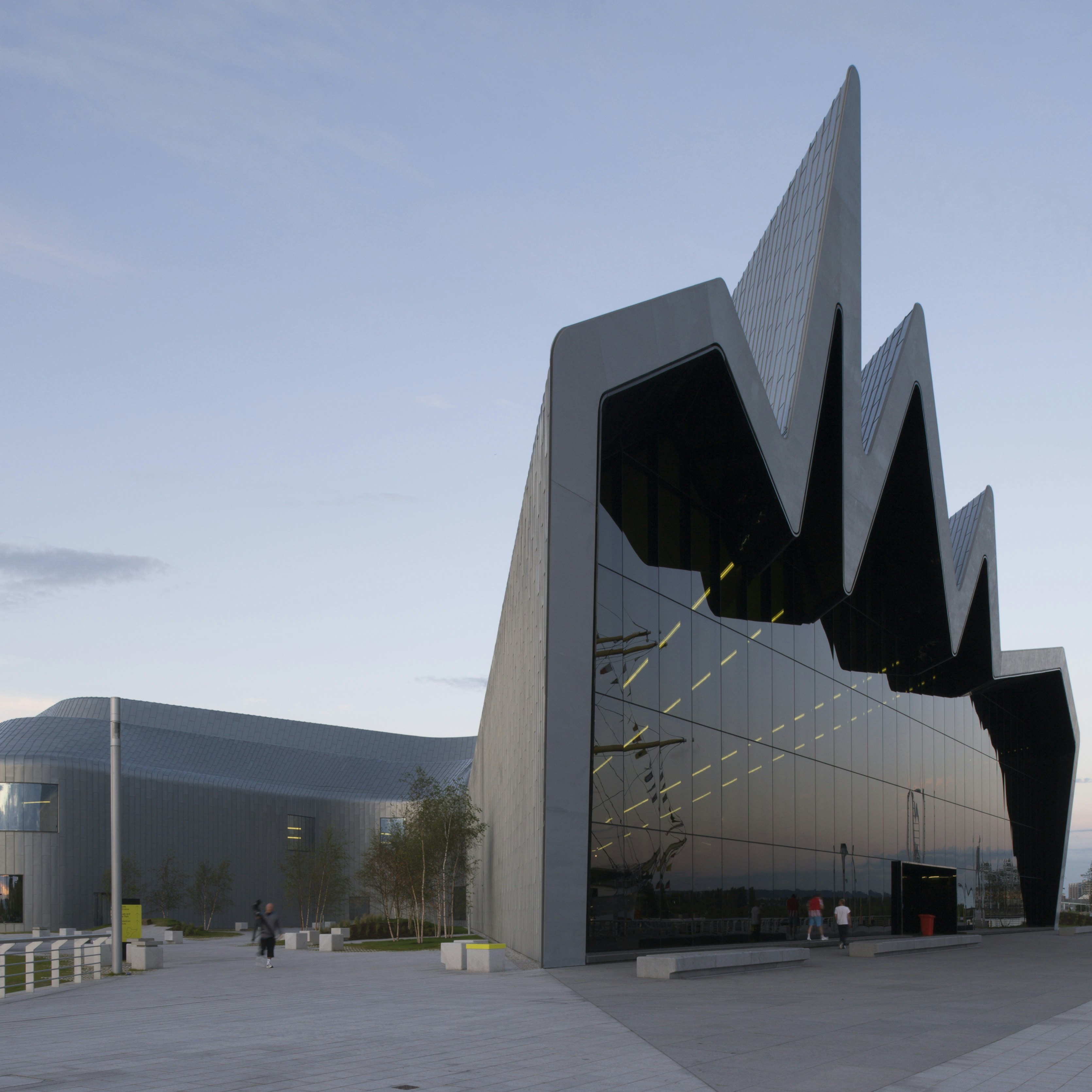
Overview
With a disarming blend of sophistication and earthiness, Scotland's biggest city has evolved over the last couple of decades to become one of Britain's most intriguing metropolises.
Leave the planning to a local expert
Experience the real Glasgow. Let a local expert handle the planning for you.
Must-see attractions
Planning Tools
Expert guidance to help you plan your trip
Best Things to Do
Discover the top things to do in Glasgow, from first-rate museums and architecture to revamped industrial quarters and legendary music venues.
Read full article
Day Trips
Glasgow is the perfect base from which to enjoy Scotland’s raw nature and dramatic scenery. Be inspired by these top day trips beyond the city.
Read full article
Get a book. Get inspired. Get exploring.
in partnership with getyourguide
















